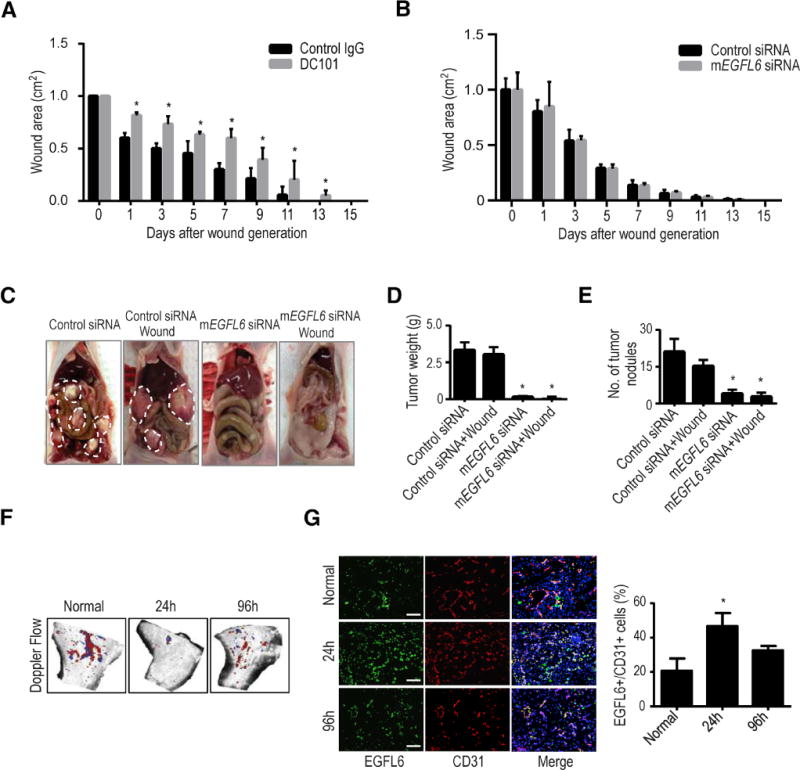Figure 2. Effect of EGFL6 silencing on tumor growth in orthotopic ovarian cancer mouse models.

a, Graph of wound area on mice treated with either control IgG antibody or DC101 (anti-VEGFR2) quantified on days 0 through 15 after a skin excision wound. (n=10 mice per group); error bars indicate SEM. *p<0.05 vs. Control IgG. b, One day after SKOV3ip1 tumor cell injection, a wound was created on the dorsal side of the mice. Animals were treated with either Control siRNA-CH or mEGFL6 siRNA-CH. Graphical depiction of wound areas quantified on days 0 through 15 after skin excision wound. c, Effect of mEGFL6 silencing on tumor growth; representative images of tumor burden. Tumor weights are shown in d and numbers of tumor nodules in e. (n=10 mice per group); error bars indicate SEM. *p<0.05 vs. Control siRNA. f, Hind limb ischemia. After arterial ligation, mice were separated into 3 groups (n = 5 mice per group): normal, ischemia-24 h, and 96 h. Blood flow was monitored before and after femoral artery ligation with use of serial color doppler. At each time point, tissue was harvested and frozen so that immunofluorescence staining could be performed. g, EGFL6 expression was increased in endothelial cells in the ischemic (hypoxic) condition compared with the normal conditions. Error bars indicate SEM. *p<0.05 vs. Normal. See also Figure S2.
